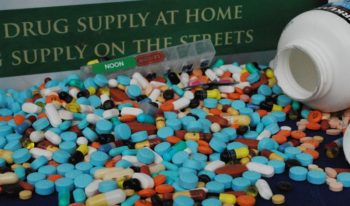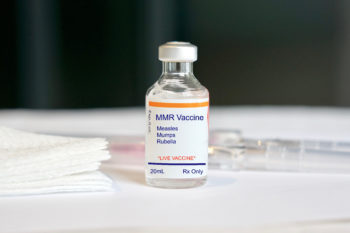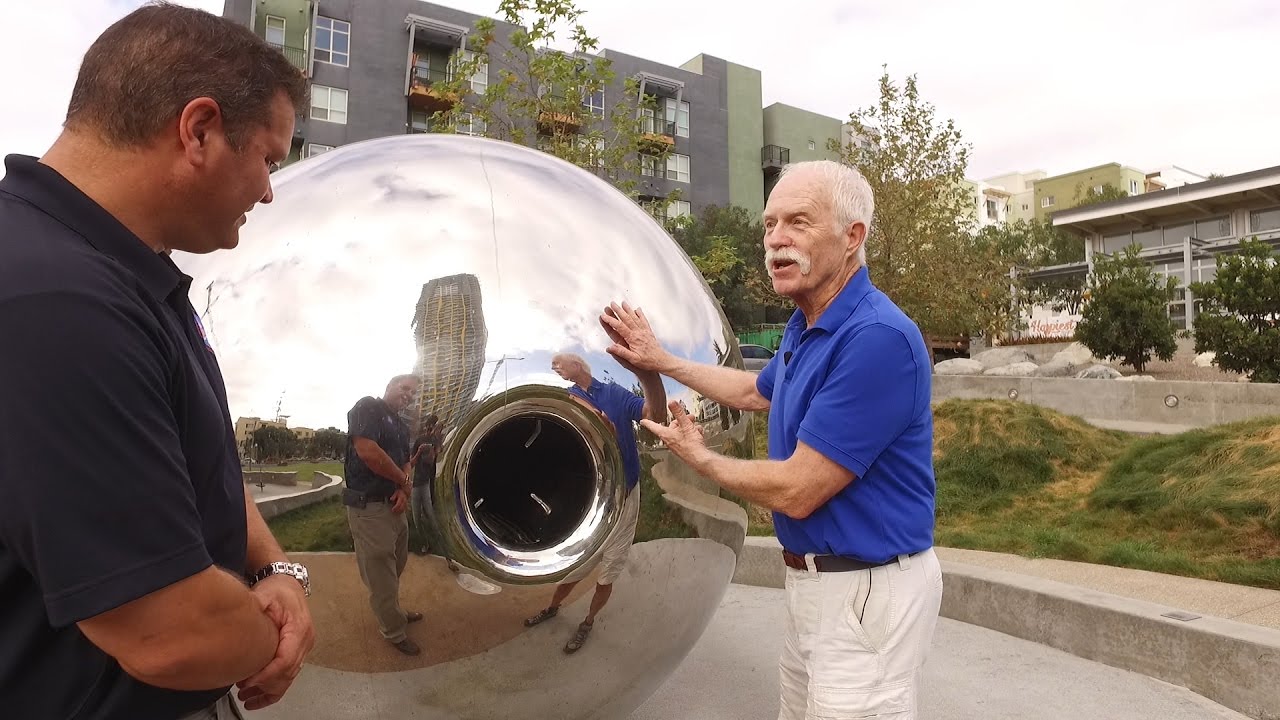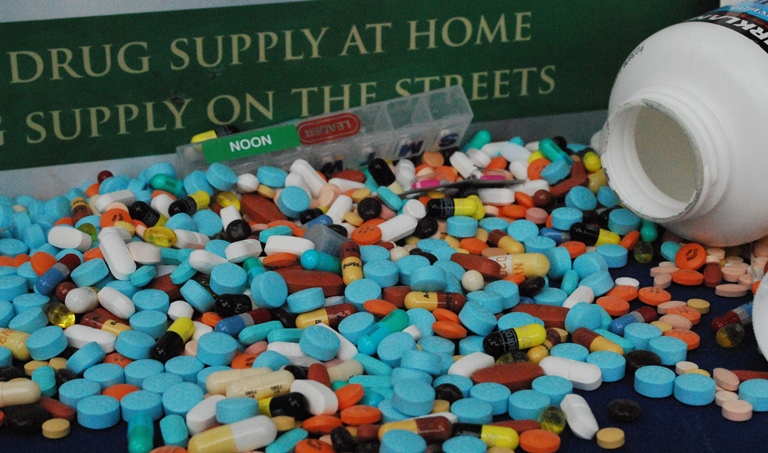Prescription drug deaths in San Diego County have leveled off, according to the latest report.
The County’s 2016 Prescription Drug Abuse Report Card shows 248 fatalities last year. That is four more than in 2014 and 11 fewer than in 2013.
“Too many people are still dying because of opiates, but I’m happy to see that the increase in prescription drug deaths has slowed,” Supervisor Dave Roberts said at a news conference to release the report card.
In addition to deaths, the report card tracks other indicators of prescription drug abuse in the region. It also shows the following (most recent years for which numbers are available vary by statistic):
- There were 6,866 visits to local emergency rooms because of prescription drugs in 2014, compared to 5,723 in 2013. That’s a 20 percent increase.
- Percent of 11th graders reporting prescription drug abuse increased (13 percent in 2013 vs. 14 percent in 2015).
- The percent of adults seeking treatment for painkiller addiction remained almost the same (4.3 percent in 2015 vs. 4.5 percent in 2014).
- Percent of adults arrested who reported misusing prescription drugs increased (from 39 percent in 2014 to 42 percent in 2015).
- Percent of juvenile arrestees who reported abusing prescription drugs also increased (from 37 percent in 2014 to 43 percent last year).
- Pharmacy store burglaries and robberies dropped by 25 percent (8 in 2014 vs. 6 in 2015).
- Prosecutions of prescription drug fraud dropped by 48 percent (from 214 in 2014 to 111 last year).
“The percentage of juvenile arrestees, and adults who reported misusing prescription drugs continues to be a problem,” said Captain Richardson. “Don’t keep unused medications, especially painkillers, at home.”
The San Diego County District Attorney has been aggressively prosecuting criminals who commit fraud or other crimes related to prescription drugs.
“Prescription drug fraud has steadily declined for the past few years. However, we’re still filing about 1,000 criminal cases that involve prescription drugs each year,” said County Deputy District Attorney Bach. “Our aggressive efforts on prevention and prosecution of prescription drug crimes will continue.”
The County and its multiple partners have been addressing the prescription drug abuse problem in the region for several years. In 2008, the County Board of Supervisors established the Prescription Drug Abuse Task Force, which includes the County Sheriff’s Department, the District Attorney, the Health and Human Services Agency, the U.S. Drug Enforcement Administration, and multiple other law enforcement, treatment and prevention organizations.
Heroin, Synthetic Fentanyl Deaths
The group has achieved some progress, but prescription drug misuse and abuse continues to be a problem in some areas, especially how painkillers are fueling a growing heroin problem. The Report Card also provides some highlights on the impact heroin is having in the region:
- Deaths from heroin dropped by 14 percent (from 105 in 2014 to 90 last year).
- The percent of people entering treatment due to heroin remained practically the same at 28 percent.
- The percentage of adult arrestees who tested positive for heroin dropped from 13 to 12 percent.
“Prescription drug abuse continues to fuel the heroin problem in the region,” said Alfredo Aguirre, director of the County Health and Human Services Agency-Behavioral Health Services division.
He added that preventing drug abuse and getting people into treatment is one of the goals of the County’s Live Well San Diego vision. “Heroin is easier to get and cheaper to get so prescription drug users are turning to heroin when painkillers become harder to find or more difficult to pay for.”
A new and deadly phenomenon has emerged in the region in the past couple of years: synthetic Fentanyl. Mexican drug trafficking organizations use synthetic Fentanyl as a cut agent in heroin packaging. Fentanyl is 40 times stronger than heroin and users of this product are ending up dead.
Last year, there were seven synthetic Fentanyl deaths in San Diego County. In 2014 there was one. No synthetic Fentanyl deaths had been reported locally prior to that.
The County funds prevention and treatment services throughout the region. Treatment is available by calling the County’s Access and Crisis Line at (888) 724-7240.
Since the safe disposal and collection of prescription drugs started in 2010, San Diegans have turned in nearly 150,000 pounds of prescription drugs. That is nearly 75 tons. The next Prescription Take-Back Day is Saturday, Oct. 22.





